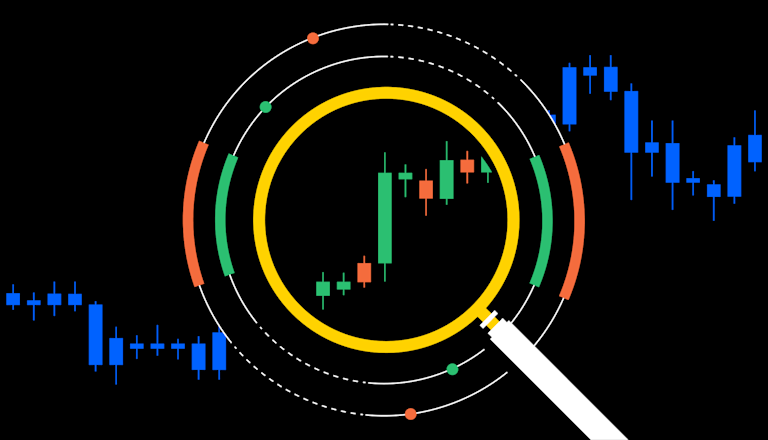
How to Do Trading in a Volatile Market
If you’re looking to how to do trading in crypto visit website succeed in the trading world, understanding how to navigate through volatility is crucial. Trading in a volatile market presents both opportunities and challenges. This article will walk you through the fundamental steps to master trading even when the market is unstable.
Understanding Market Volatility
Market volatility refers to the degree of variation in the price of a financial asset over time. Typically, a volatile market experiences rapid price fluctuations, which can be influenced by factors such as economic news, earnings reports, political events, and changes in investor sentiment. A trader’s ability to identify and respond to these fluctuations can significantly impact their profitability.
Types of Market Volatility
- Historical Volatility: Measures past price fluctuations and is calculated using price data over a specific period.
- Implied Volatility: Indicates the market’s expectation of future price movement, based on options prices.
- Structural Volatility: Pertains to changes in market structure and can result from major events like financial crises.
Developing a Trading Strategy
Having a well-defined trading strategy is essential for navigating volatility. Here are steps to create a robust trading plan:
1. Set Clear Goals
Define what you want to achieve through trading. Whether it’s generating supplementary income or building long-term wealth, knowing your objectives will guide your strategy.
2. Choose the Right Markets
Identify which markets you want to trade in. Different markets, such as stocks, commodities, forex, and cryptocurrencies, have varying degrees of volatility. For example, while cryptocurrencies often show high volatility, they can also offer significant profits.
3. Build a Risk Management Plan
Volatility can lead to increased risk, so establishing a risk management plan is vital. This may include setting stop-loss orders, determining the amount of capital you are willing to risk on each trade, and diversifying your portfolio to mitigate losses.
4. Choose Your Trading Style
Your trading style will influence your strategy. Here are some common styles:
- Day Trading: Buying and selling assets within the same day, usually seeking to profit from small price changes.
- Swing Trading: Holding positions for several days or weeks to capitalize on expected upward or downward market shifts.
- Position Trading: Long-term trading based on fundamental analysis, where positions can be held for months or even years.
Tools for Trading in a Volatile Market
Utilizing the right tools can enhance your trading experience. Here are some essential tools:
1. Trading Platform
Select a trading platform that aligns with your needs. Look for platforms that offer real-time data, analysis tools, and ease of use.

2. Charting Software
Charting tools help visualize price movements and trends. They allow traders to perform technical analysis, which can inform entry and exit points.
3. Financial News and Analysis
Stay updated with financial news and analysis. Platforms like Bloomberg or Reuters provide real-time news that can affect market volatility.
4. Economic Calendar
Use an economic calendar to keep track of major economic releases that could impact market volatility, such as interest rate announcements or employment reports.
Executing Your Trades
Once you’ve developed your strategy and gathered your tools, it’s time to execute trades:
1. Analyze Market Conditions
Before executing a trade, analyze current market conditions, including volatility indicators and news events. Determine whether the conditions align with your trading plan.
2. Use Limit and Stop Orders
Utilize limit orders to ensure you trade at your desired price, particularly in volatile markets. Stop orders can help minimize losses by automatically selling your position once it reaches a certain price.
3. Monitor Your Trades
After entering a trade, continuously monitor your positions. Volatile markets can change rapidly, and being proactive can protect your investment.
Evaluating and Adjusting Your Strategy
Post-trade analysis is crucial. After exiting trades, evaluate your performance:
1. Review Your Trades
Analyze which trades were successful and which were not. Identify the reasons behind these outcomes to refine your strategy.
2. Adapt to Changing Market Conditions
Market conditions evolve, and so should your strategy. If you notice consistent changes in volatility, be prepared to adapt your approach accordingly.
Conclusion
Trading in a volatile market can be both rewarding and challenging. By understanding volatility, developing a strong trading strategy, utilizing essential tools, executing trades wisely, and continuously evaluating your performance, you can enhance your trading efficacy. Remember, consistency, discipline, and adaptability are key components of successful trading. Always keep learning and be prepared to adjust as you navigate the dynamic landscape of trading.
鹏友法律咨询|版权所有
发表评论
电子邮件地址不会被公开。 必填项已用*标注



